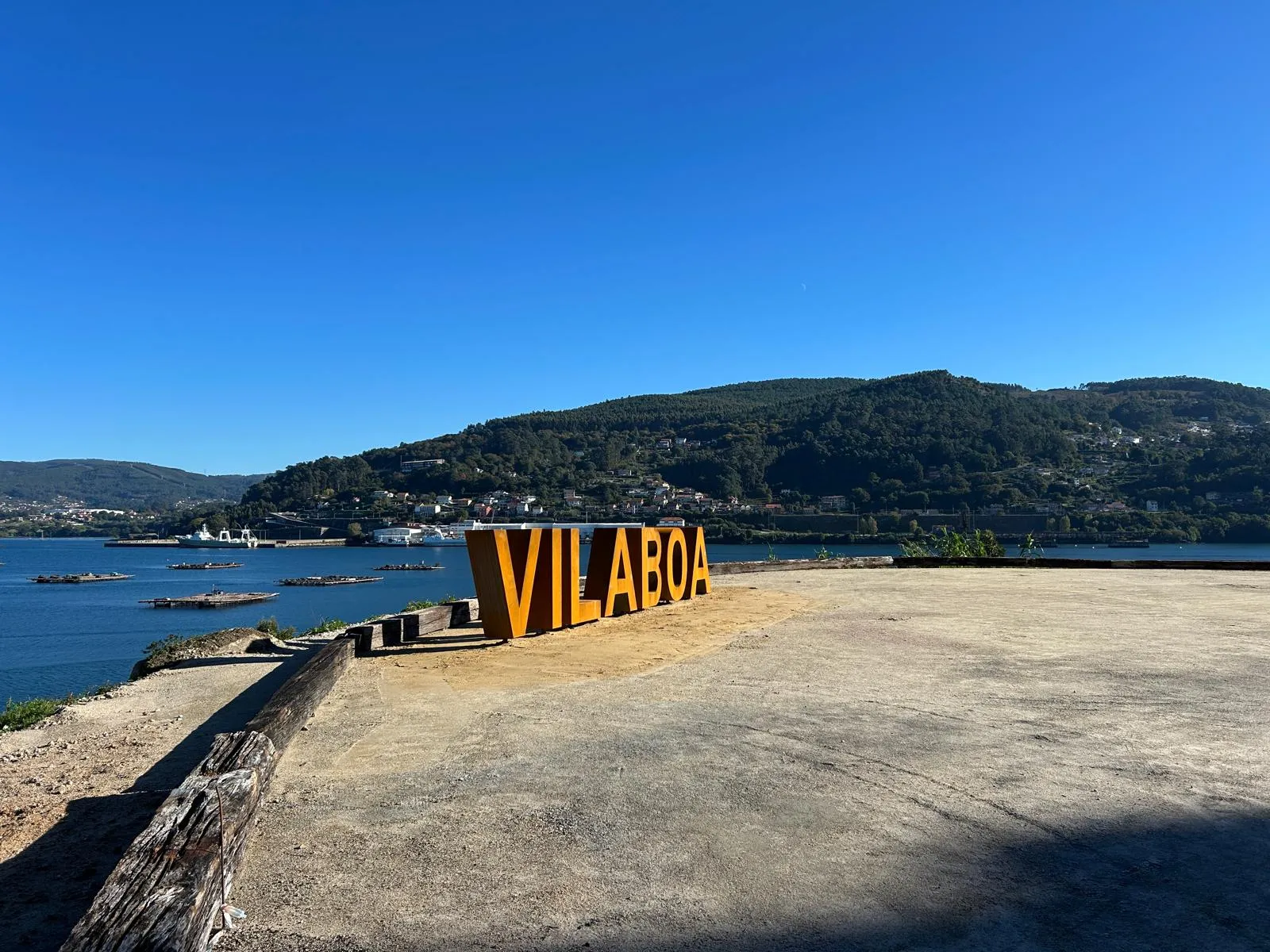
The Bateas
Discover mussel farming in the Pontevedra estuary
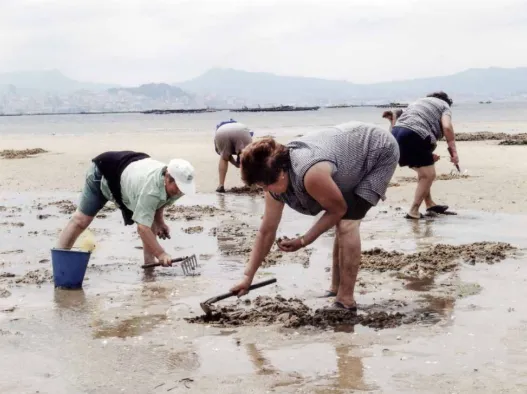
Essential Protagonists of the Maritime Economy
All available tracks
Currently, 98% of Spain's shellfish gatherers are found in Galicia, which demonstrates the importance of this sector in our society, and women make up 80% of professionals, being a traditionally female occupation. Shellfish gatherers have evolved from being collectors to scientific cultivators, mastering techniques of seeding, cultivation, beach cleaning, and predator control.
Audioguía - The Shellfish Gatherers
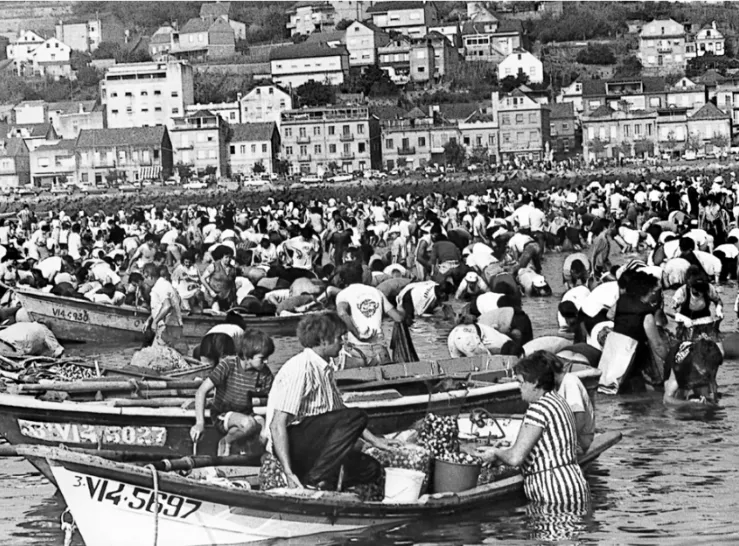
The work of shellfish gatherers requires specialized equipment adapted to the harsh conditions of the marine environment. The waterproof suit is essential to keep feet dry, while spending many hours in the sea with freezing temperatures in winter. Waterproof boots provide protection and grip on the wet and irregular surfaces of the beaches. The angazo, a type of rake that allows digging in the sand to locate shellfish, is an essential tool passed down from generation to generation. The sacho complements the work, allowing precise digging. All collected shellfish is stored in the sack, which the shellfish gatherer carries throughout the workday.

In the Galician estuaries, and especially in Vilaboa, various species of great commercial and gastronomic value are collected. Among the main ones are cockles, babosa clams, Japanese clams, golden clams, fine clams, carneiro, and cornicha. Each species requires specific collection techniques and has its own reproduction and growth cycles, which demands deep knowledge from the shellfish gatherers.
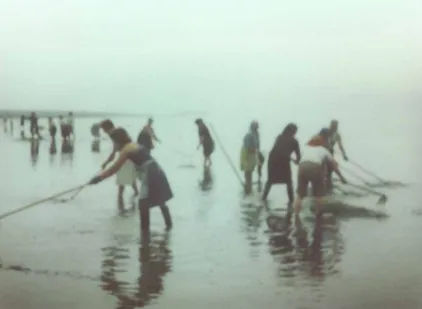
Shellfish gatherers face harsh working conditions. Professional pathologies such as lower back pain, arthritis, tendinitis, and cystitis are things they have to live with, often unable to take sick leave. A series of changes are necessary for the sector to face the future with optimism. Current challenges for shellfish gatherers are multiple: climate change is causing heat waves and alterations in rainfall patterns, in years of floods mortality is massive due to decreased salinity, and there is a generational replacement crisis, as only 1% of shellfish gatherers are under 30 years old. Additionally, in recent years there has been a drastic decrease in catches.
In the Paleolithic we find the first traces of shellfish gathering. In the time of the hillforts (8th-7th centuries BC to 1st century AD) they gathered shellfish both for food and for trade. In the Middle Ages the custom continued, but it was in the 19th century, with the installation of numerous canning factories by Catalans, when commercial interest in species such as clams, scallops, and cockles increased. Throughout the 20th century, the shellfish gathering work that women did was complementary work, to cover expenses when men couldn't work at sea, being a trade passed from mothers to daughters. From the 1980s they gradually began to professionalize, culminating in 1995 in Vilagarcía at the 1st Meeting of Women Shellfish Gatherers.

Discover mussel farming in the Pontevedra estuary

Essential protagonists of the maritime economy Life linked to the sea and its traditional trades
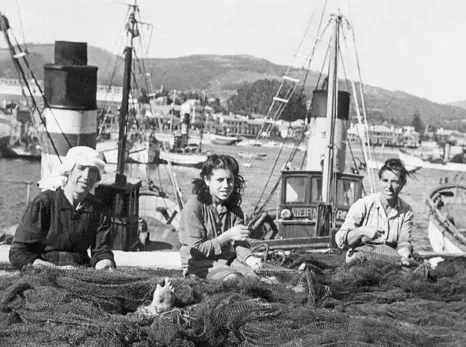
Life linked to the sea and its traditional trades